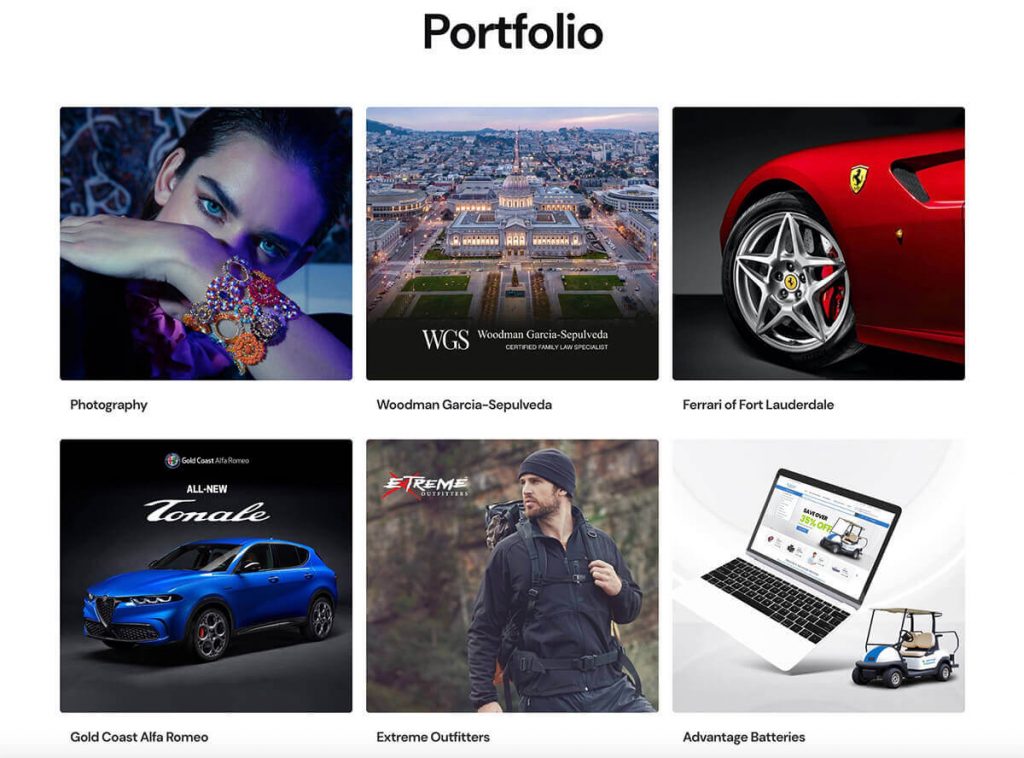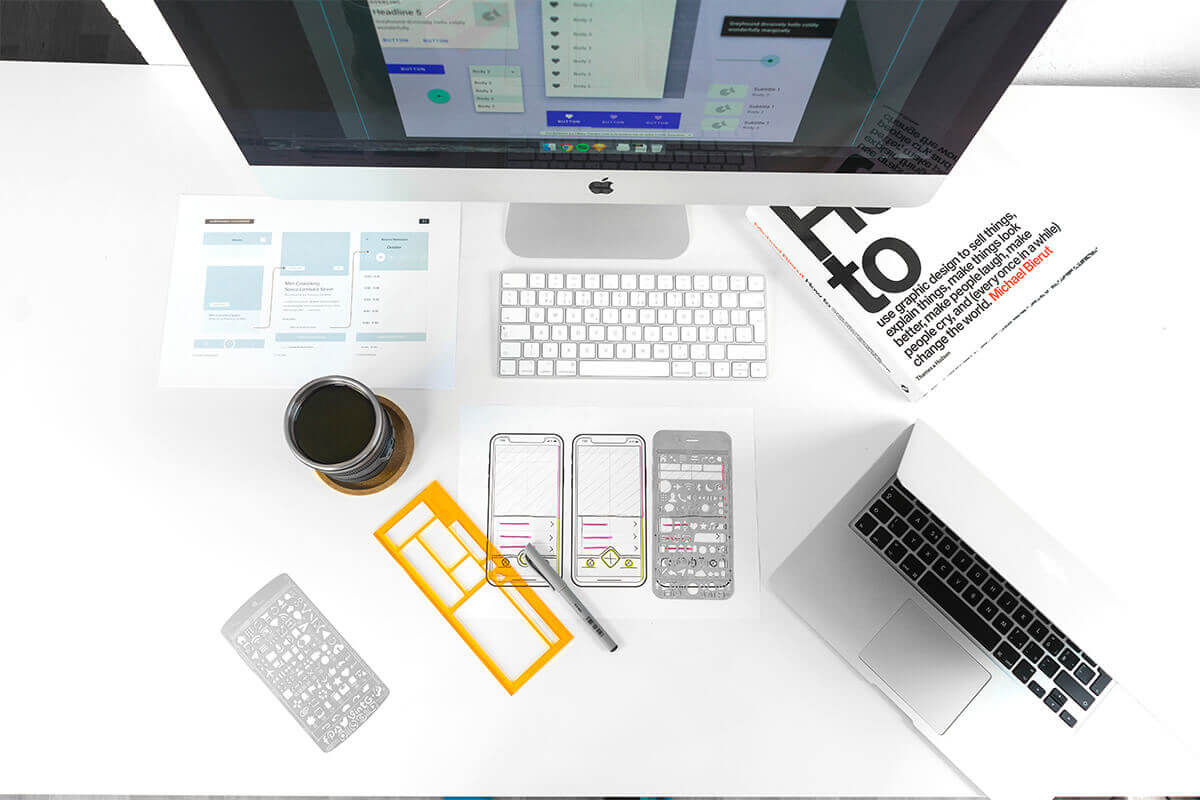
Discover the Secret Art of Crafting Engaging User Experiences
Are you on the lookout for a web designer who can create captivating user experiences for your website? Well, you’re in luck because I’m here to spill the secrets of crafting engaging user experiences in web design. As an experienced web designer specializing in web development, I’ve learned a thing or two about creating websites that keep users hooked. Here I’ll share valuable insights to help you hire a web designer who excels in the art of captivating user experiences.
Understanding Engaging User Experiences in Web Design
Defining User Experience (UX) and Its Significance
User experience (UX) refers to the overall interaction and satisfaction users have when using a website. It encompasses various aspects like ease of navigation, visual appeal, functionality, and content presentation. A positive user experience is crucial as it directly impacts user engagement, conversions, and the overall success of your online presence.
My Personal Journey into User Experience
When I started my career as a web designer, I quickly realized that good design alone wasn’t enough to create compelling user experiences. It was during a project where I had to redesign a Sass (software as a service) website that I truly understood the significance of user experience. By incorporating intuitive navigation, clear product categorization, and streamlined processes, we witnessed a significant increase in conversions. This personal experience ignited my passion for crafting engaging user experiences.
Elements that Contribute to Captivating User Experiences
Intuitive Navigation and Site Structure
One of the first things users notice when visiting a website is how easy it is to find what they’re looking for. Clear navigation menus, logical site structure, and prominent calls-to-action make a huge difference. Think of your website as a map, guiding users seamlessly from one section to another.
Appealing Visual Design and Aesthetics
Humans are visual creatures, and first impressions matter. An aesthetically pleasing website design with harmonious color schemes, balanced layouts, and engaging visuals can instantly captivate users. Remember to align your design with your brand identity to create a consistent and memorable experience.
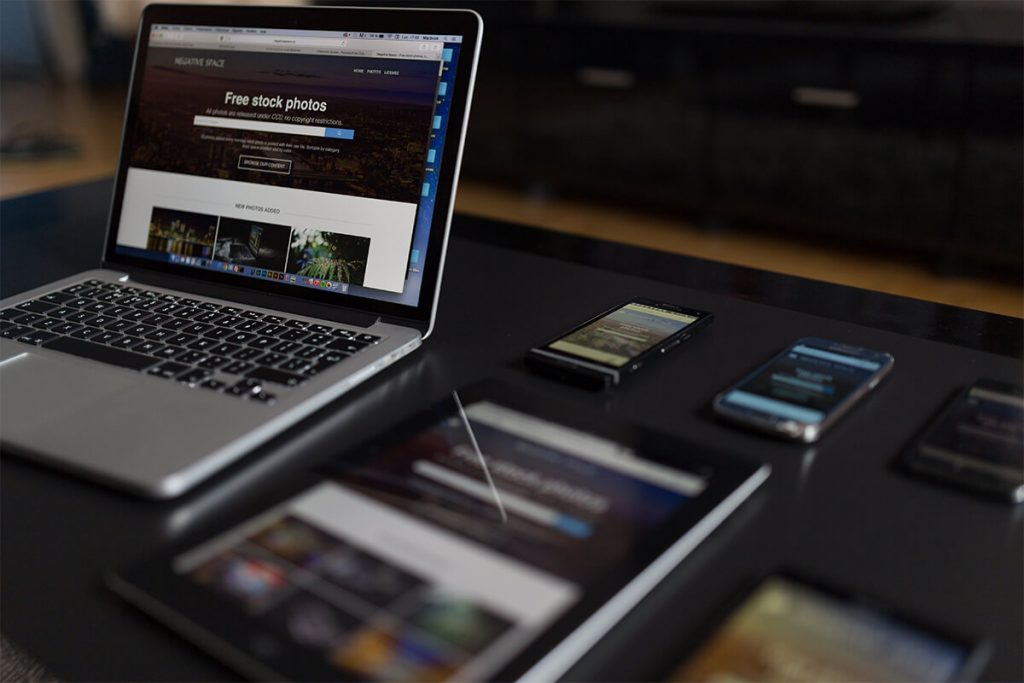
Seamless Functionality and Responsiveness
How many times have you gone on a website, only to leave because the page was loading too slowly? A website that loads slowly or doesn’t function properly can quickly frustrate users. Ensure your web designer prioritizes performance optimization and responsive design, allowing your site to adapt seamlessly to different devices and screen sizes. This way, users can access your content wherever they are, enhancing their overall experience.
Effective Use of Multimedia and Interactive Elements
Integrating multimedia elements like images, videos, and interactive features can elevate user engagement. From product galleries and video testimonials to interactive quizzes and chatbots, these elements provide an interactive and dynamic experience that keeps users hooked.
Clear and Concise Content Presentation
Compelling content is vital, but how it’s presented is equally important. Break down information into easily digestible chunks, use headings and subheadings, and incorporate bullet points to enhance readability. Don’t forget to consider the power of storytelling to emotionally connect with your audience.
Personalization and Customization Options
Personalization is the key to creating a tailored experience for your users. If it makes sense to do so on your site, allow users to customize their preferences, save their settings, or recommend personalized content based on their browsing behavior. This sense of ownership enhances user satisfaction and keeps them coming back for more.
The Role of Web Design in Crafting Engaging User Experiences
Web Design as the Foundation of a Compelling User Experience
Web design lays the foundation for a captivating user experience. It encompasses the visual and interactive elements that shape how users perceive and interact with your website. An intuitive and aesthetically pleasing design not only enhances usability but also creates a strong connection with your audience.
The Synergy between Design and Functionality
Design and functionality go hand in hand when it comes to user experiences. An attractive design may initially capture users’ attention, but it’s the functionality that keeps them engaged. Your web designer should prioritize usability, seamless navigation, and intuitive interactions to ensure a harmonious balance between design and functionality.
The Design Process: Insights from my Toolbox
In my design process, I always start by understanding the target audience and the business goals. This helps me tailor the user experience to meet their specific needs. I conduct user research, create personas, and analyze competitors’ websites to gain valuable insights. This knowledge allows me to develop a user-centered design strategy that aligns with the client’s objectives.
I then move on to information architecture and wireframing. This stage helps me define the website’s structure and layout, ensuring a logical flow and easy navigation. Wireframes act as a blueprint, allowing me to visualize the content hierarchy and user interactions before diving into the visual design phase.
Visual design and prototyping are where the magic happens. I incorporate the brand’s visual identity, create compelling graphics, and carefully select typography and color palettes that evoke the desired emotions. Through prototyping, I test and iterate the design, seeking feedback from users and stakeholders to ensure it aligns with their expectations.
Usability testing is the final step. I gather feedback on the user experience through real user interactions and make iterative improvements to enhance the overall experience. This process ensures that the final product delivers an exceptional user experience that aligns with the client’s goals.
Hiring a Web Designer: Qualities to Look For
Experience and Portfolio Showcasing Engaging User Experiences
When hiring a web designer, experience matters. Look for a designer with a proven track record of creating engaging user experiences. Review their portfolio to see examples of their previous work and evaluate if their design style aligns with your vision.
Understanding of Target Audience and Business Goals
A skilled web designer understands the importance of tailoring the user experience to the target audience and the client’s business goals. They should be able to demonstrate their ability to conduct user research, create personas, and translate insights into a compelling design that resonates with the intended audience.
Collaboration and Communication Skills
Effective collaboration and communication between the web designer and the client are essential for a successful project. Look for a designer who actively listens to your requirements, offers insights and suggestions, and maintains open lines of communication throughout the design process.
Proficiency in UX Design Principles and Best Practices
A web designer specializing in user experience should have a deep understanding of UX design principles and best practices. They should be able to explain how they incorporate these principles into their design process to create captivating user experiences.
Knowledge of Current Web Design Trends and Technologies
Web design is a rapidly evolving field, with new trends and technologies emerging constantly. A competent web designer stays updated with the latest industry trends and possesses knowledge of modern design tools and technologies. This enables them to create innovative and future-proof designs.
Case Studies: Examples of Websites with Exceptional User Experiences
Highlighting Successful Websites and Their Key UX Features
Let’s explore some real-life examples of websites that have successfully prioritized user experience to create engaging online experiences. These websites have implemented various UX features that captivate users and drive conversions. By analyzing their strategies, we can gain valuable insights for our own web design projects.
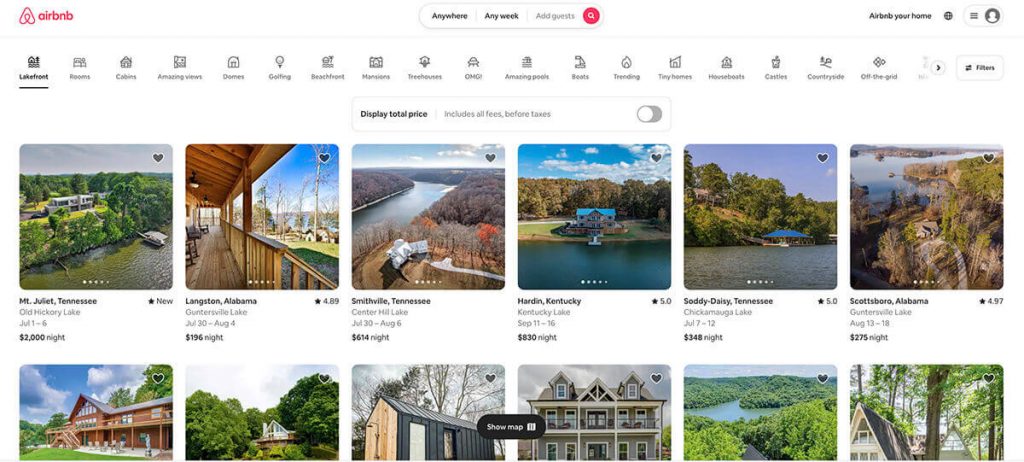
Airbnb (www.airbnb.com)
Airbnb is a prime example of a website that excels in providing an engaging user experience. Their success lies in several key UX features. The website offers a seamless booking process with intuitive search filters, allowing users to easily find their ideal accommodations. Airbnb’s personalized recommendations based on user preferences and previous bookings create a sense of tailor-made experiences. Additionally, the website’s clean design, high-quality visuals, and clear property descriptions instill trust and enhance the overall user experience.
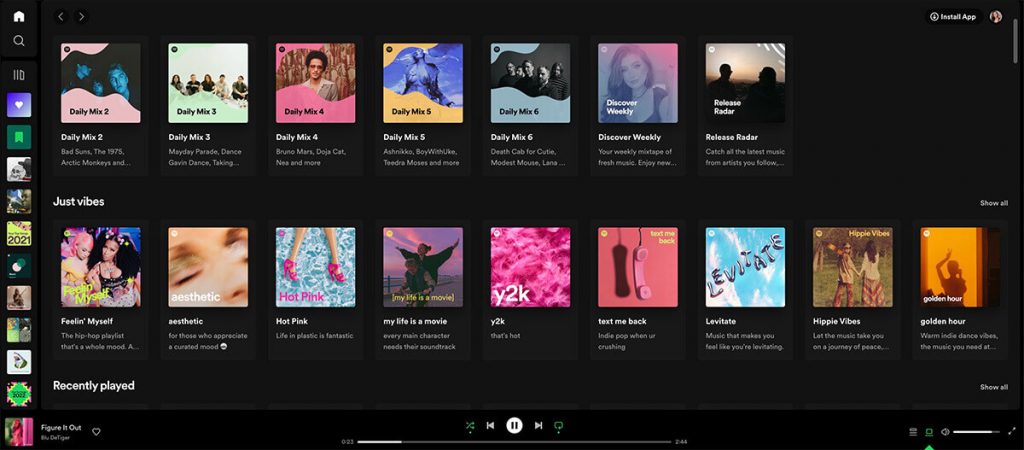
Spotify (www.spotify.com)
Spotify, a leading music streaming platform, has mastered the art of personalization to engage users. The website’s user interface dynamically adapts to individual listening habits, providing customized playlists and recommendations based on user preferences, favorite genres, and listening history. With an intuitive search function and an extensive music library, Spotify keeps users engaged for hours, offering a seamless and enjoyable music discovery experience.
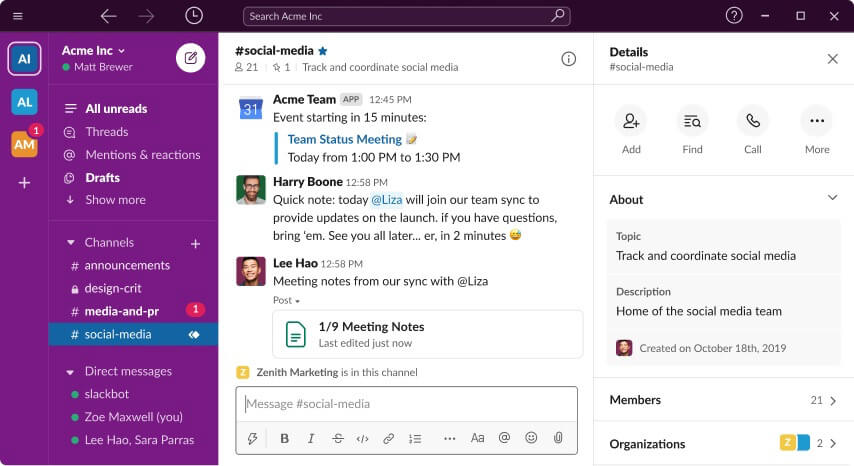
Slack (www.slack.com)
Slack, a communication and collaboration platform, focuses on simplifying team communication to enhance user experience. The website prioritizes effortless navigation, quick access to conversations and files, and a clean interface that minimizes distractions. Slack’s innovative use of emojis, customizable notifications, and integrations with various tools streamline workflows and foster efficient collaboration among teams, ultimately increasing user engagement and productivity.
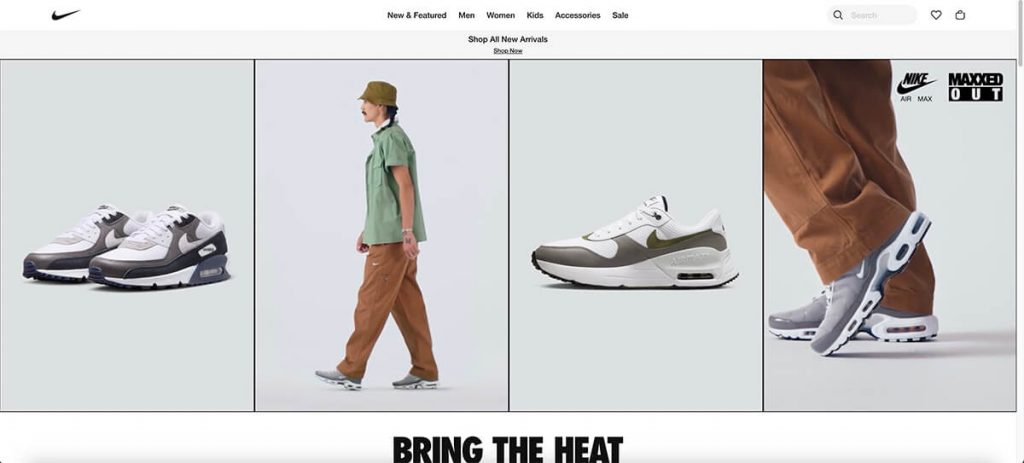
Nike (www.nike.com)
Nike’s website showcases a blend of captivating visuals, interactive elements, and personalized experiences to create an engaging user journey. The website’s product pages offer 360-degree views, zoom capabilities, and detailed descriptions, allowing users to thoroughly explore products. Nike’s membership program provides tailored recommendations, exclusive offers, and early access to new releases, creating a sense of exclusivity and enhancing user engagement and loyalty.
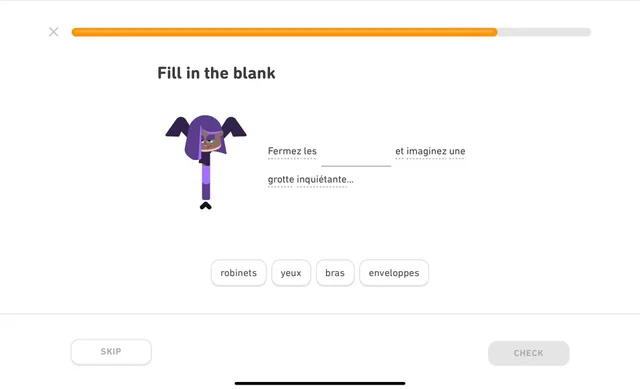
Duolingo (www.duolingo.com)
Duolingo, a language learning platform, engages users through gamification. The website’s intuitive interface, bite-sized lessons, and interactive exercises make language learning fun and accessible. Duolingo’s progress tracking, achievement badges, and social features encourage users to stay motivated and engaged in their language learning journey, resulting in increased user engagement and improved learning outcomes.
Analyzing the Impact on User Engagement and Conversions
Now, let’s dive deeper into how these websites’ user experience features impact user engagement and conversions. By analyzing metrics such as increased time spent on the site, decreased bounce rates, and improved conversion rates, we can understand the tangible benefits of investing in captivating user experiences. These websites’ successful implementation of UX features demonstrates how prioritizing user experience can drive positive outcomes and ultimately contribute to the overall success of a website or online platform.
Closing Thoughts
Crafting engaging user experiences in web design is an art that requires a blend of creativity, empathy, and technical expertise. By understanding the importance of user experience and hiring web designers, like our team at Advertising Avenue who specializes in creating captivating user experiences, you can set your website apart from the competition and create a memorable online presence. Remember, investing in exceptional user experiences will pay off in the long run, leading to increased user engagement, conversions, and ultimately, business success.

